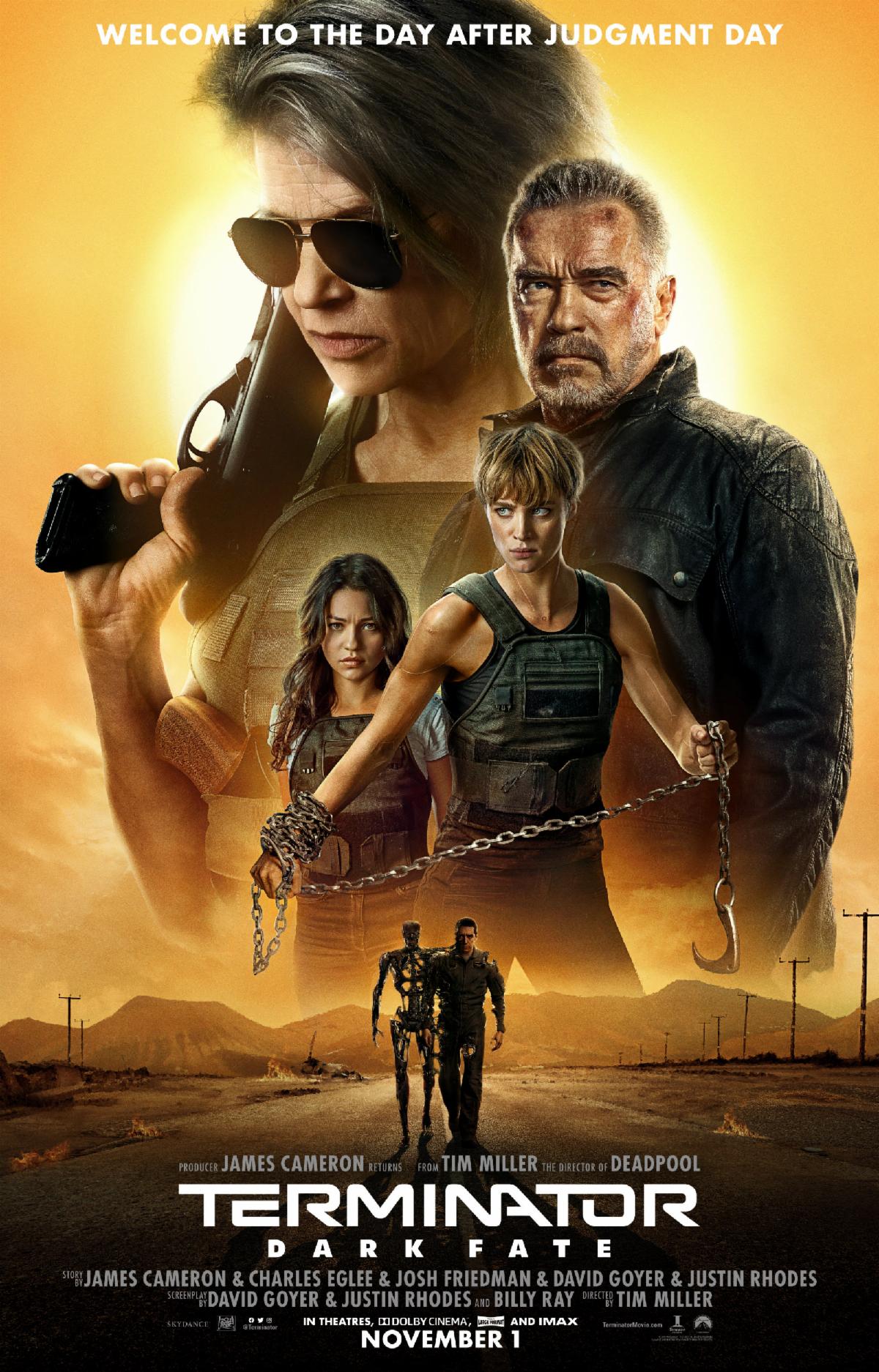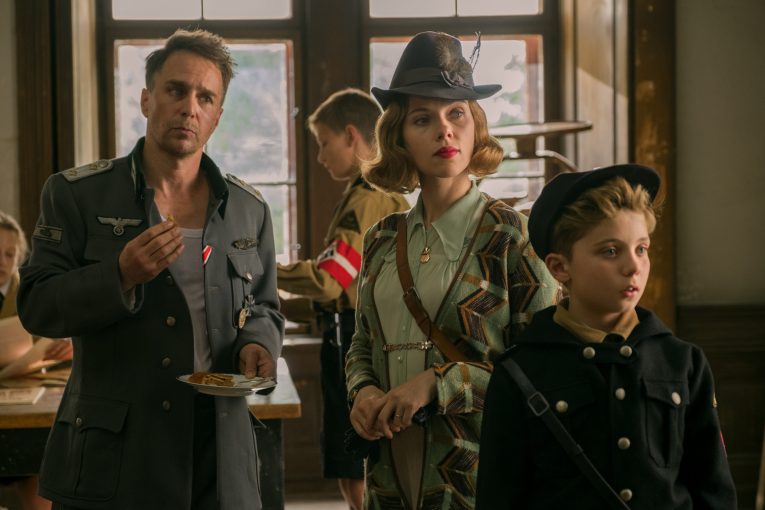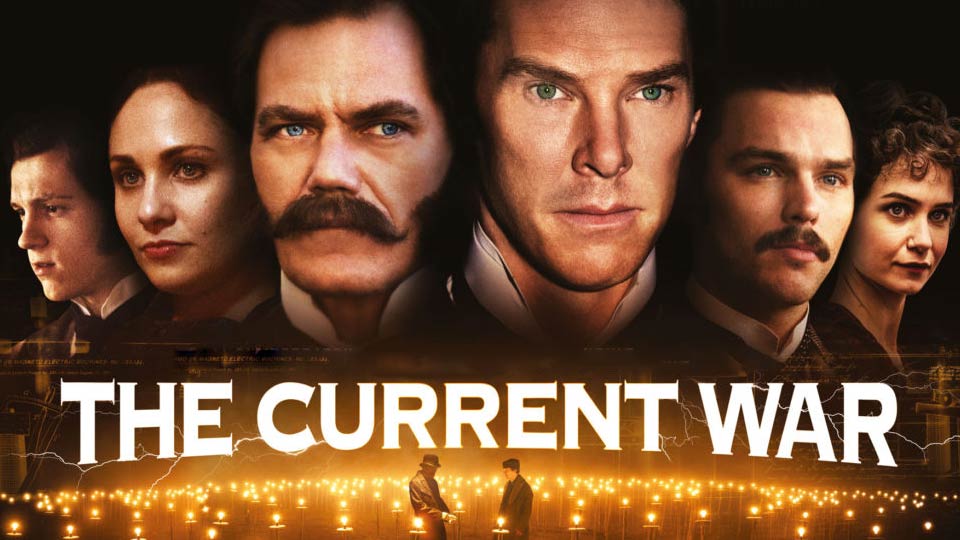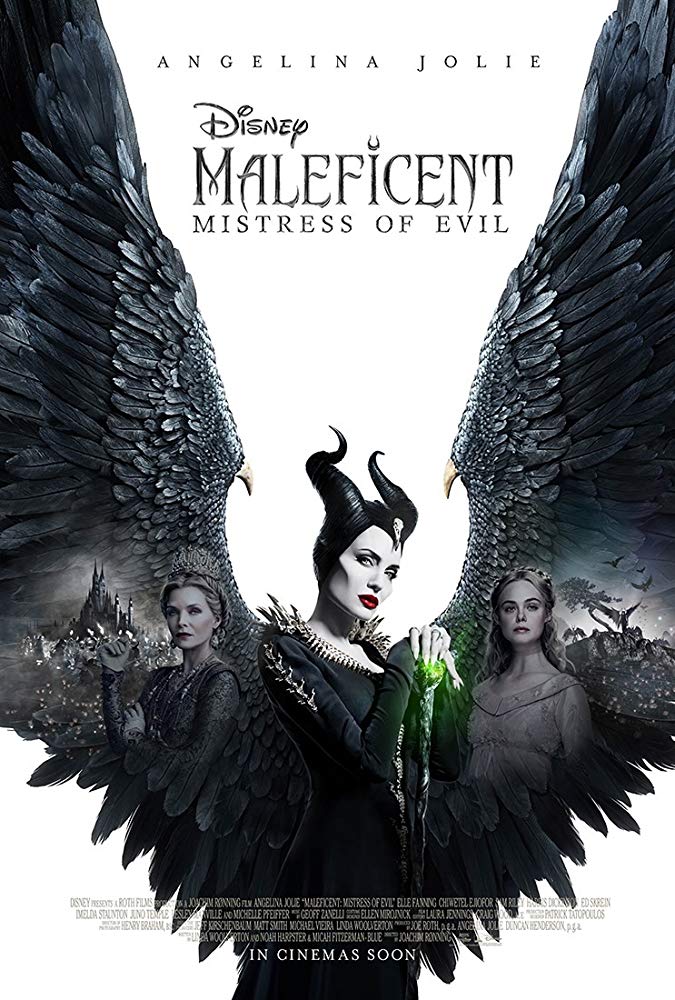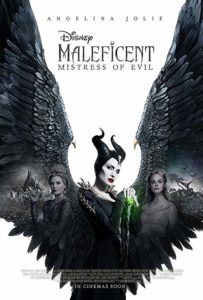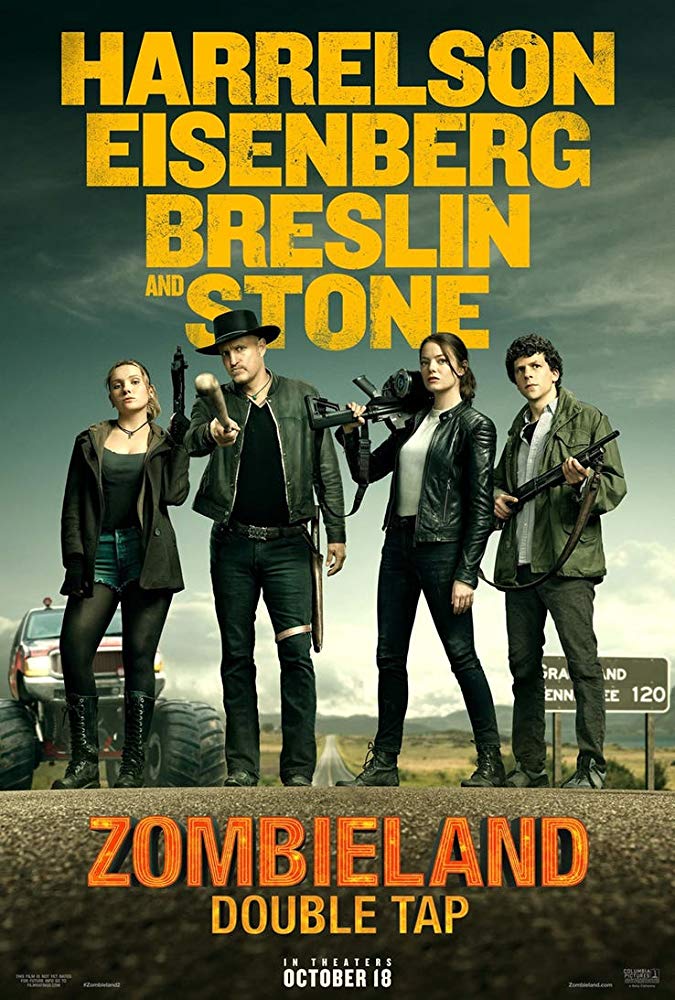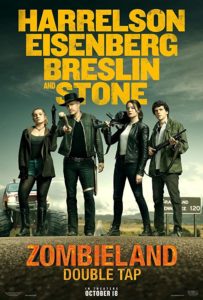Terminator: Dark Fate
Posted on October 31, 2019 at 5:15 pm
B| Lowest Recommended Age: | Mature High Schooler |
| MPAA Rating: | Rated R for violence throughout, language and brief nudity |
| Profanity: | Strong language |
| Alcohol/ Drugs: | Pharmaceutical drugs |
| Violence/ Scariness: | Extended very strong violence, many characters injured and killed, graphic and disturbing images |
| Diversity Issues: | None |
| Date Released to Theaters: | November 1, 2019 |
| Date Released to DVD: | January 27, 2020 |
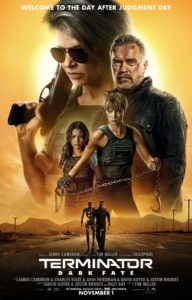
Okay, I have to admit Dark Fate is pretty entertaining. The action scenes are fun and there are some good characters. It’s nice to have the original Sarah Connor (Linda Hamilton) back. It’s not bad; it’s just unnecessary. And its very unnecessariness makes it ordinary and that retroactively diminishes the quality of the ground-breaking original and the first sequel.
It’s like they ran the first film through a slightly broken copier machine (not a scanner) and what came out was fuzzy and off-kilter. So, from the first movie: a terminator comes back to the present day from the future with immeasurable powers of strength, speed, and strategy, and, most important, total tunnel vision, complete, implacable, single-mindedness. There is no plea, no bribe, no argument possible. The only hope, and it is a slim one, is escape.
From the second movie: someone else comes back from the future to protect the vulnerable target of the new Terminator. This time, though, it is an enhanced or augmented human, a kind of souped-up cyborg. What makes this interesting is that we do not exactly know what her powers are (also interesting that she is a female), but we quickly learn that she has some significant vulnerabilities. Her name is Grace (a terrific Mackenzie Davis, outstanding both in the action and the acting departments). She is enhanced for a sprint, not a marathon; she is very powerful in short, intense spurts, but if the fighting or running away is too prolonged she will urgently need a collection of powerful pharmaceuticals.
And Grace will not tell us (until a crucial plot point) why the young woman she is protecting is so important. That young woman is Dani (Natalia Reyes). And, this chapter’s smartest and strongest element, our old friend from the first film is back, Linda Hamilton as Sarah Connor, and if there is ever an Oscar for being amazingly fit, they should give it to her and retire the trophy. Hamilton is the star of the show here, clearly enjoying being an action hero who is more than a little deranged (see “Terminator 2: Judgement Day” for this part of the origin story). She even gets to say, wait for it, “I’ll be back.”
On the other hand, you-know-who is also back, Arnold Schwarzenegger as our old friend the T-800 (I will not dwell on why a robot ages), and when he says, wait for it, “I won’t be back,” it is too much of a wink at the audience.
We do not really have time to object, though, because there’s another chase, another battle, another what-are-we-trying-to-be-Fast-and-Furious-umpteen-here set piece to enjoy. Davis is great. Hamilton is awesome. There are some thrill-ride moments. But if you go, you might wish someone came back from the future to tell you to rent the first one again instead.
Parents should know that this film includes extended very strong violence, many characters injured and killed, graphic and disturbing images, strong language, pharmaceutical drugs, and brief non-sexual nudity.
Family discussion: Why didn’t Grace tell the truth about Dani earlier? How do Sarah Connor’s actions change the future and what does not change? How are Sarah and Dani different?
If you like this, try: the other Terminator movies

